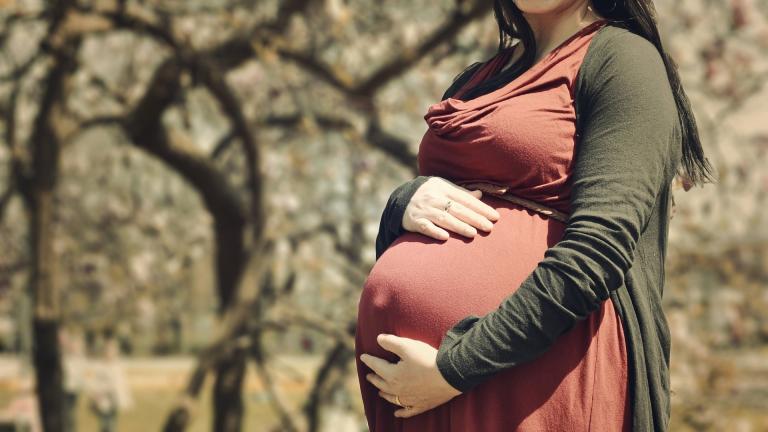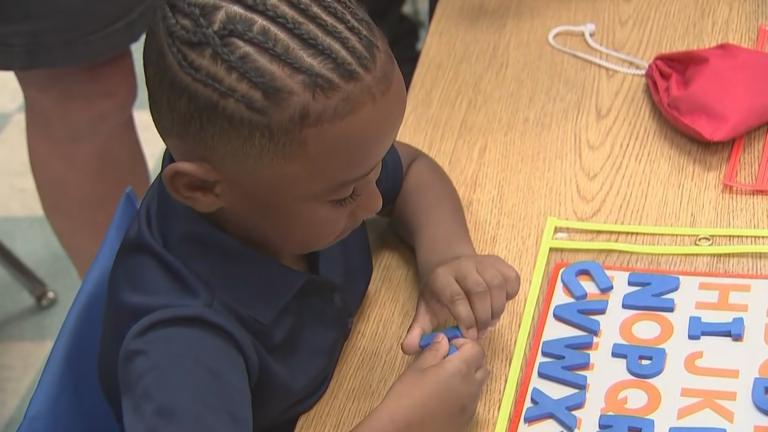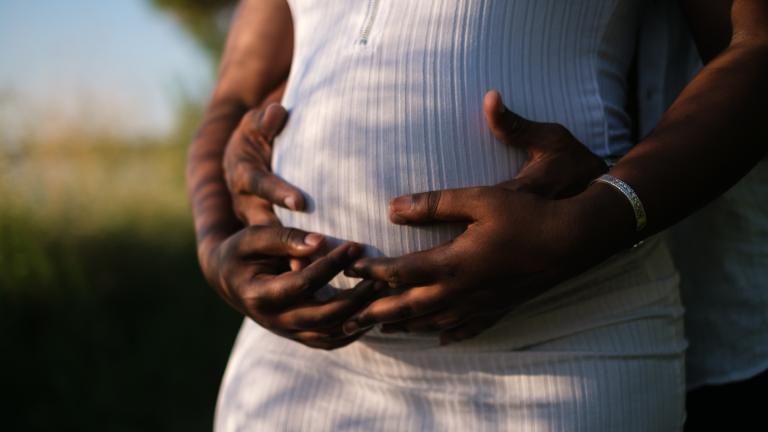Last year, U.S. births dropped to their lowest level in more than 40 years, according to the Centers for Disease Control and Prevention.
The drop was not surprising, said Christine Percheski, an associate professor of sociology at Northwestern who studies demographic changes and family patterns.
“This is the sixth year in a row we’ve seen a decline,” Percheski said. “The declines were biggest among the youngest mothers. So we had a very sharp decline among teen mothers, and that’s continuing a trend that’s about 15 years old now, and most of us think that’s good news.”
Births fell by 4% compared to 2020. Rates fell most significantly among 15- to 17-year-olds and 18- to 19-year-olds by 6% and 7%, respectively, reaching record lows for both age groups.
The decline in mothers in their 20s and 30s could be more worrisome, Percheski said.
“Among moms at older ages I would raise the question, ‘Is that what the moms or the couples, or individual women want?’” Percheski said. “Some women say they’re not having as many children, or they’re delaying the start of a family because of economic reasons, staggering student debt, unstable employment.”
Others say they are delaying starting families to focus on their careers or further their education, she said.
“When we look at these numbers, we have to think about what are the individual stories behind them, and a decline in birth rate is not, per se, a bad thing,” Percheski said.
While some people predicted a quarantine baby boom early on in the pandemic, research shows that births often dip during economic crises. Though it’s too early to fully understand the pandemic’s impact on births in the U.S., December 2020 is the first month that early pandemic babies would have been born.
“The pandemic wasn’t a snowstorm,” Percheski said. “It caused severe unemployment, a lot of loss of life as we know. Young couples who might have been having a second or third child were suddenly left with no day care, no school for their school-aged kids. They might have lost a job themselves.”
Percheski said these aren’t the conditions that make parents feel confident about bringing another child into the world.
“I would expect that the number of births in 2021 and 2022 are going to be low though given the pandemic and the ongoing economic uncertainty,” Percheski said.
While birth rates typically rebound after an economic recession, U.S. births have yet to catch up after the Great Recession in 2008.
“Part of what we’re seeing is a shift in the age at which women have their babies, and so what we won’t know until later is whether the women who were just starting their careers when the Great Recession hit, whether they’re going to make up those births later in their mid- or late-30s, or whether they’ll just have fewer children,” Percheski said.
But the decrease in annual births — and the fact that the U.S. is below the replacement rate, when more people are dying than being born — is no call for alarm, Percheski said.
“The U.S. has been mostly below the replacement rate since the early 1970s. We don’t have to be concerned about that per se,” Percheski said. “One of the things we have to be mindful of though is making our public policies appropriately.”







